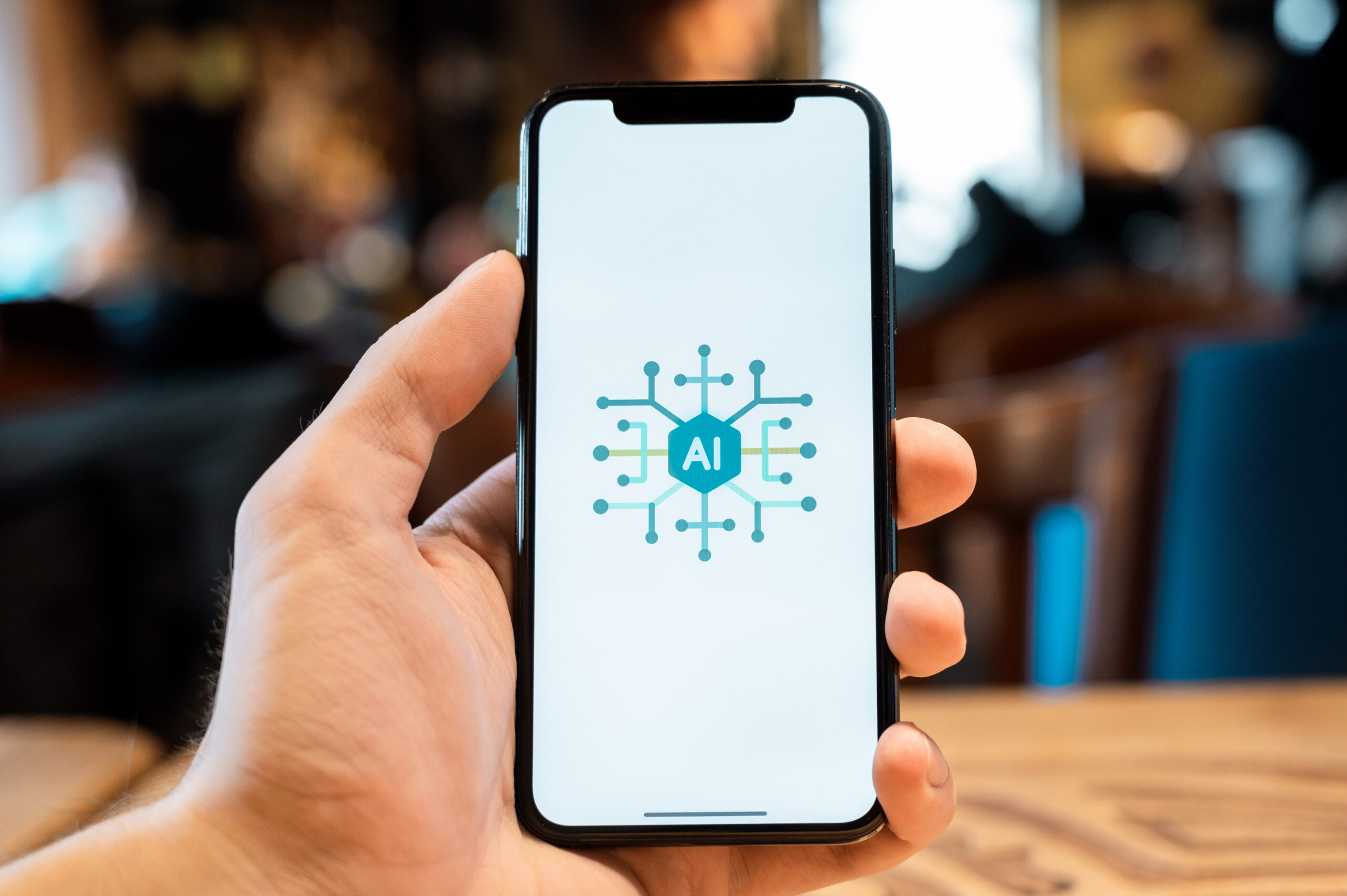The process of building a successful LMS
10 steps for building a successful LMS (Learning Management System).
Published 31 May 2023

The design and development of a successful LMS (Learning Management System) is one of our main areas of expertise. Discover how a structured LMS development process can streamline your workflow and yield better results.
Good design is more than just aesthetics. In a typical process, many designers focus on technical aspects like structure, wireframing, and coding. However, the most crucial element in building a successful LMS is that it must align with the overarching strategy of the organisation.
A successful LMS should attract users and assist them in understanding the course content and the ethos of the organisation. The actions you intend to carry out on the LMS should function smoothly, while brand building through visual elements and well-crafted text is crucial for the LMS to work towards a defined goal. A holistic development process takes into account both form and functionality.
Here are 10 steps for building a successful LMS:
1. Goal setting
We work with the client to determine the objectives of the LMS and its target audience.
2. Scope definition
Once we understand the goals, we can define the scope of the project. Key factors include content planning, functionality, and timeline for successful LMS development.
3. Interaction design
Once the scope is known, we can set up a structure (sitemap) and establish pages within that structure into a wireframe. A wireframe simply indicates content placement without incorporating design.
4. Content production
Now that we have an overall picture of the structure and subpages, we can start producing content for the LMS. Remember to focus on one theme per page for good Search Engine Optimization (SEO). Images that further the narrative are also part of this phase.
5. Design
Once the content is finalised in wireframes and completed texts and images are available, it’s time to design the LMS. The design must be built on the company’s design profile and carry forward elements from marketing.
6. Programming
After the client approves the design, it’s time to start programming the LMS. This process requires extensive knowledge from the developer through proper use of code for SEO and achieving desired functionality.
7. Content publishing
This step is extensive because it often entails adjustments and adaptations on pages to present the content in the best possible way. It’s often smart to let a designer handle this job, at least the first time, to achieve this.
8. Testing
Once content is in place, it’s time to test everything by scanning the solution. We also manually test the solution with the client by navigating all pages and checking links and functionality.
9. Launching
When everything is functioning as intended, it’s time to launch the successful LMS. The approach to this varies. Some want a significant event, while others prefer a smooth transition without too much attention.
10. Daily operations
Many envision that once the LMS is launched, it’s done. But that’s not the case. The work begins now. New content needs to be published, images taken, and pages updated. In addition, a healthy LMS requires updated software, backup routines, maintenance, and development.
Contact us at SimplyLearn today if you would like help putting these steps into practice to build a successful LMS for your workplace.
Book a free demo today and let us discover how we can serve your company.


